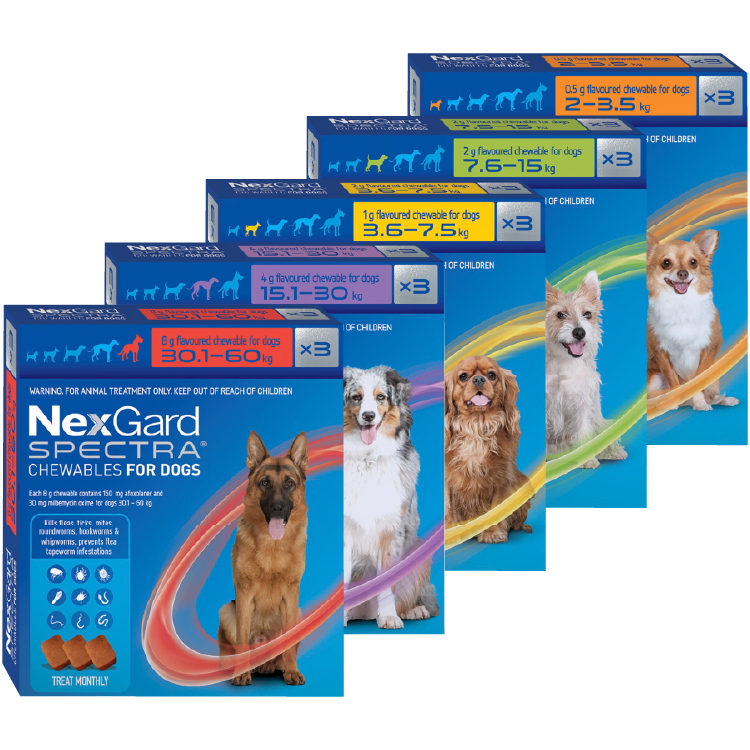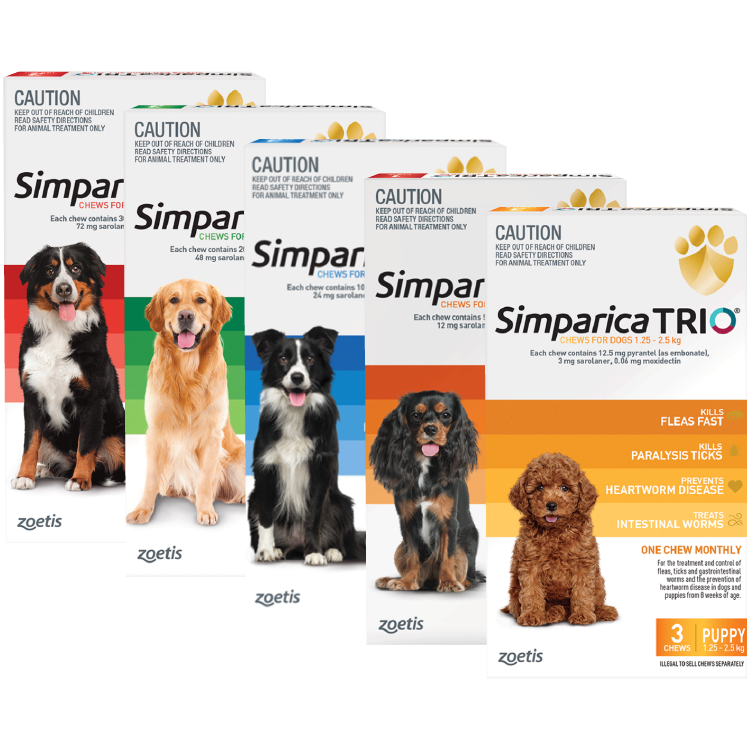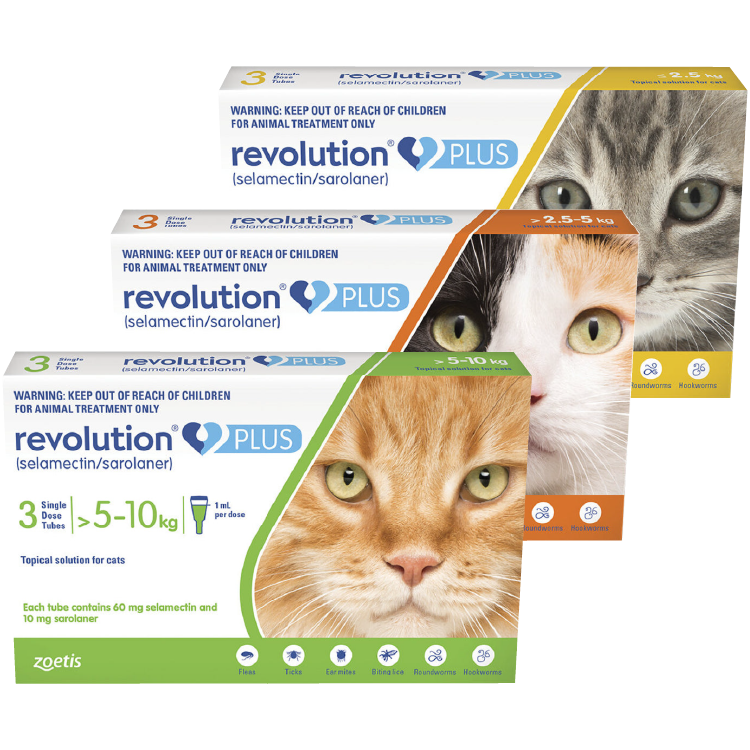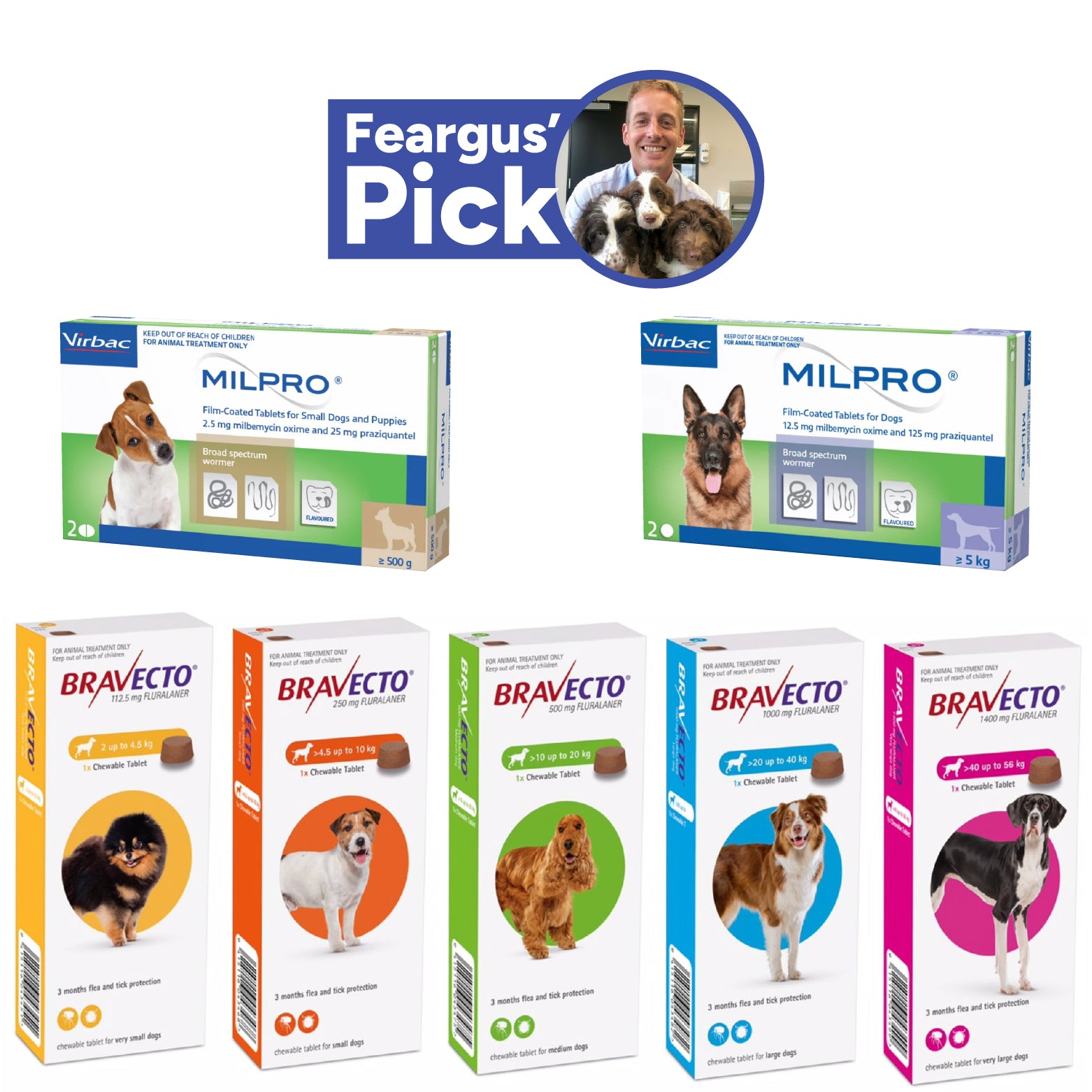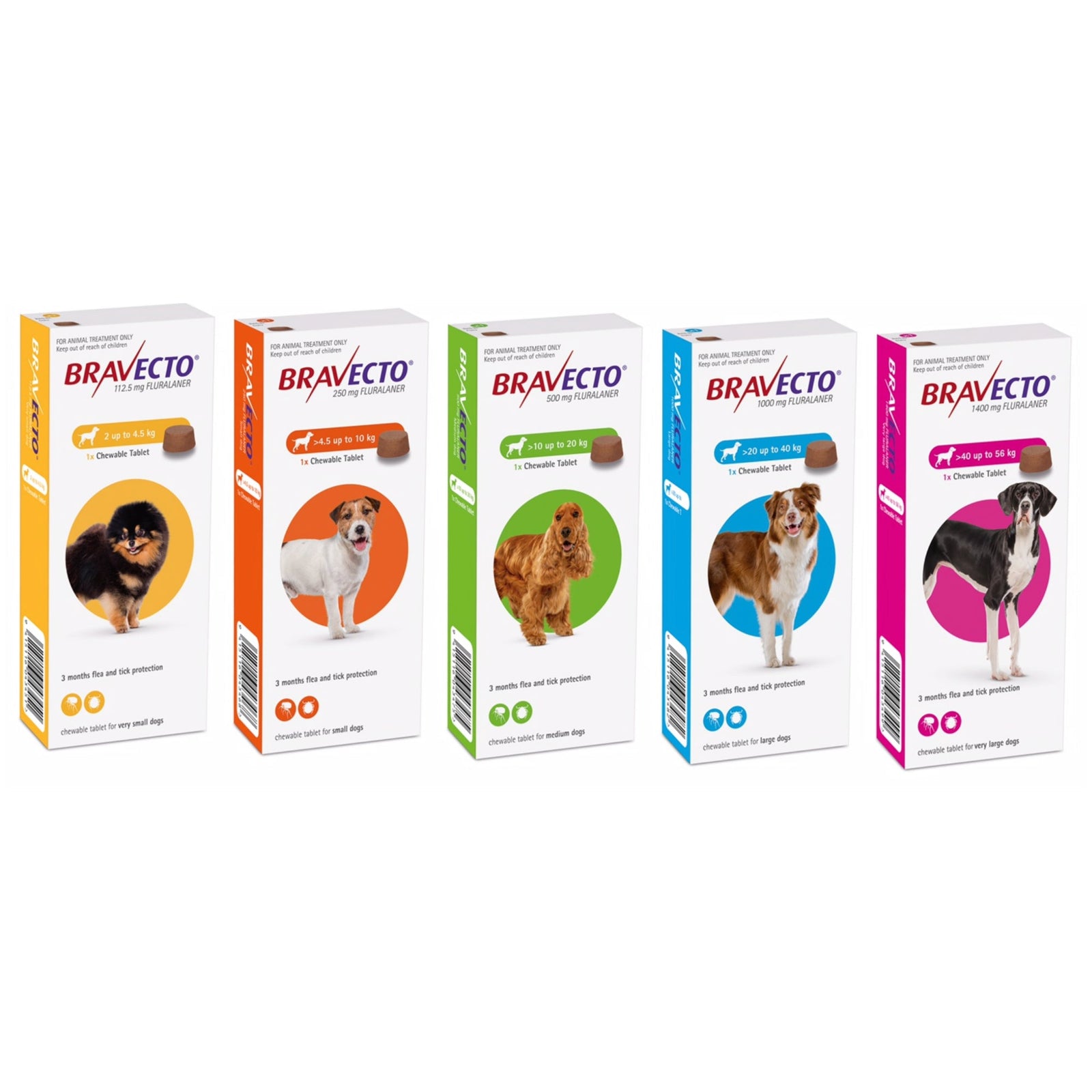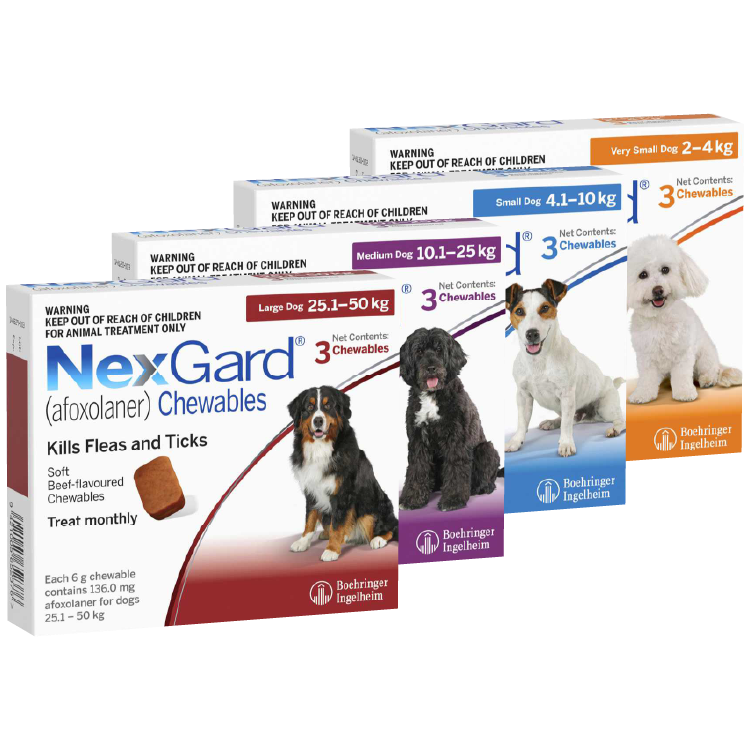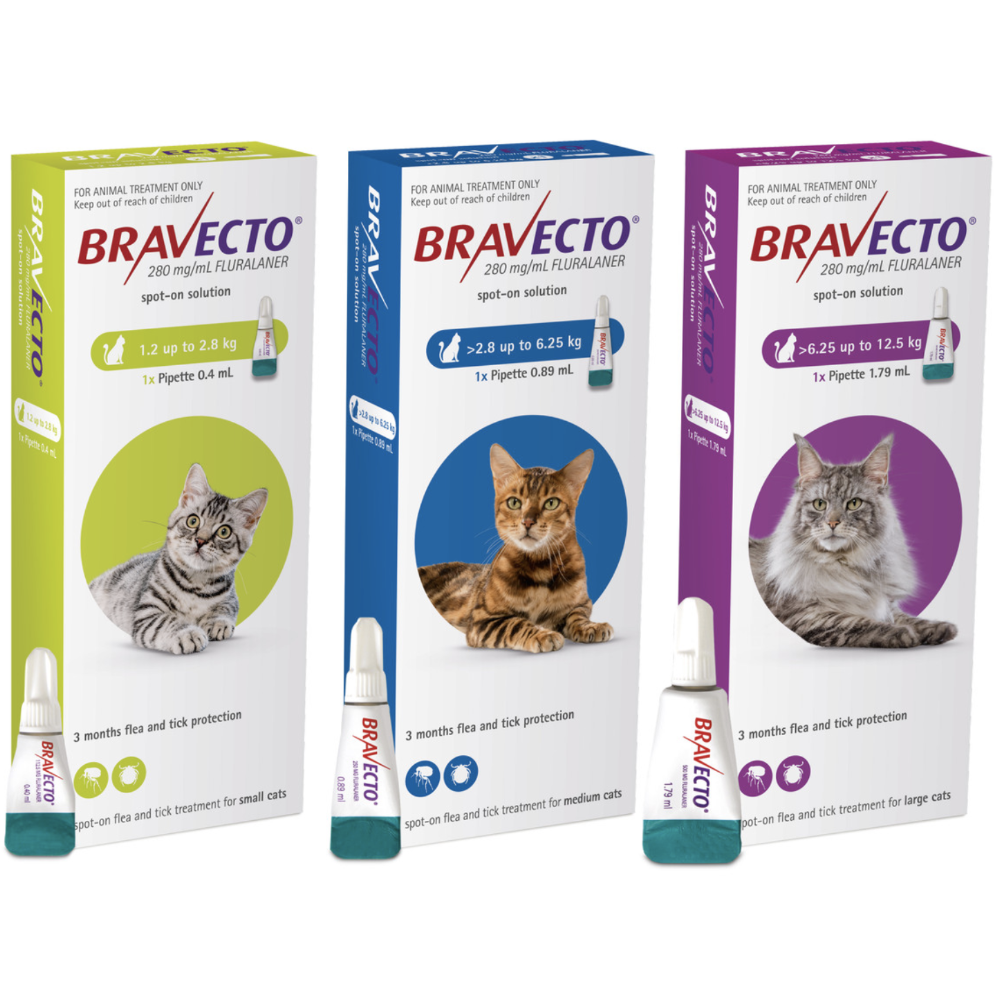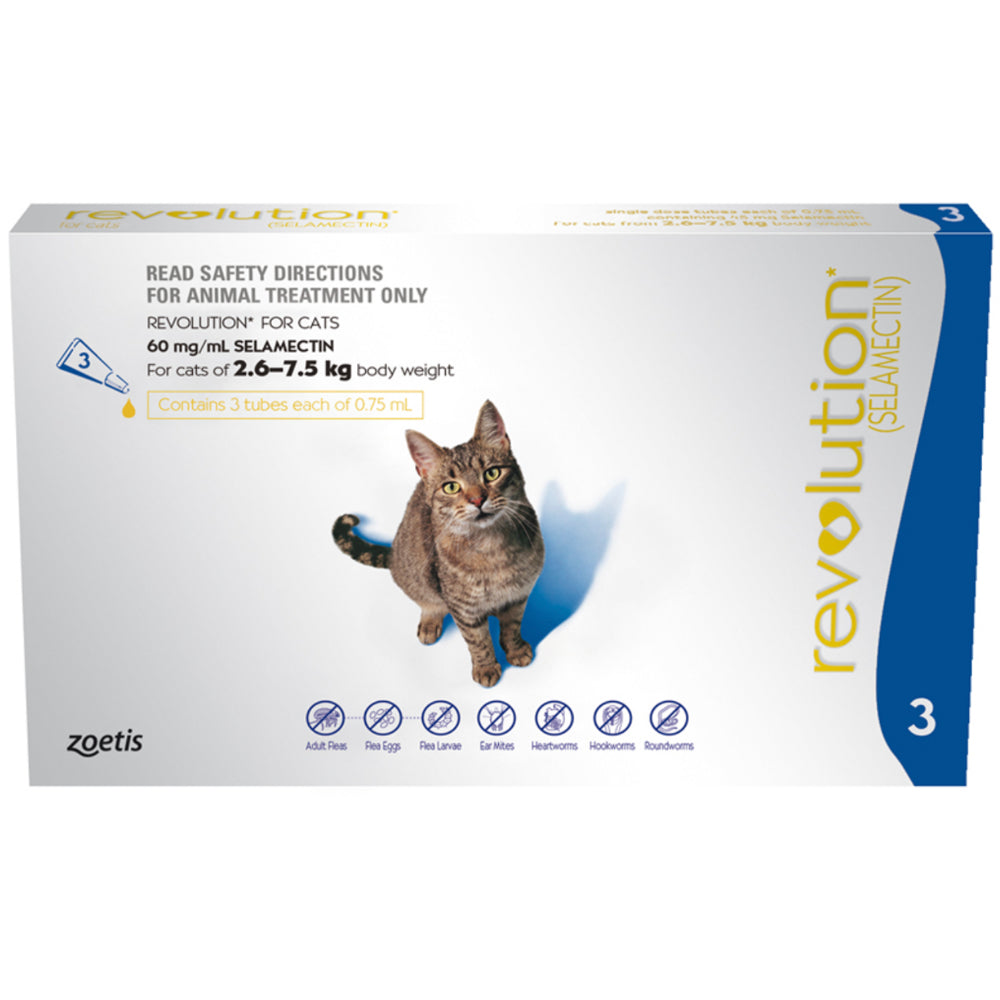NZ-Owned & Vet-Led | 100% Money-Back Guarantee | FREE Shipping
NZ-Owned & Vet-Led | 100% Money-Back Guarantee | FREE Shipping
Add description, images, menus and links to your mega menu
A column with no settings can be used as a spacer
Link to your collections, sales and even external links
Add up to five columns
Add description, images, menus and links to your mega menu
A column with no settings can be used as a spacer
Link to your collections, sales and even external links
Add up to five columns
Tick removal mistakes to avoid
August 18, 2025 2 min read

Introduction
When you find a tick, speed and technique matter. Some popular “hacks” make things worse. Use the simple steps below to remove ticks safely and protect your pet afterwards.
Common mistakes to avoid
-
Twisting or jerking. This can tear the mouthparts and squeeze saliva into the bite.
-
Squeezing the body. Increases the chance of toxin or germs entering the skin.
-
Smearing oils, alcohol, or glue. Delays removal and irritates the skin.
-
Burning the tick. Risky and unnecessary.
-
Waiting hours to get supplies. Remove the tick now with what you have.
-
Stopping after one tick. There can be more. Do a full body check.
How to remove a tick the right way
-
Part the coat to see the tick and the skin.
-
Grip close to the skin with a tick tool or fine-tipped tweezers, holding the mouthparts, not the body.
-
Lift straight out with steady, even pressure until it releases.
-
Secure the tick in a sealed container in case your vet wants to identify it.
-
Clean the site with saline or clean water and prevent scratching.
After removal: what to watch
Over the next 24 to 48 hours look for wobbliness, weakness, gagging, vomiting, change in bark or meow, trouble swallowing, or laboured breathing. These are urgent vet signs, even if you think you removed the whole tick.
Prevent future ticks
Daily hands-on checks help, but prevention is the backbone. Choose a proven product that fits your pet’s species, age, and weight. Dose on time and set reminders.
Products we trust
-
Dogs: NexGard Chewables for Dogs — monthly tick and flea control when used as directed.
-
Dogs: Bravecto Chew for Dogs — long-lasting tick and flea control per label.
-
Cats: Revolution Plus Spot-On for Cats — monthly tick and flea cover when used as directed.
-
Cats: Bravecto Spot-On for Cats — long-lasting tick and flea control per label.
Safety basics
-
Dog products for dogs only. Never apply a dog product to a cat.
-
Use the correct weight band and check minimum age.
-
Some dog spot-ons advise keeping cats away from recently treated dogs. Follow the label.
FAQ
What if the head breaks off and stays in the skin?
A tiny fragment may act like a splinter and work its way out. If redness, swelling, or illness appears, see your vet.
Can I use nail polish or alcohol to “drown” a tick?
No. These delay removal and can increase risk.
Not confident removing a tick or unsure what product to use next?
Tell us about your pet and location and we will help you plan the next steps — contact us.
Protect your pet with correct removal, on-time prevention, and daily hands-on checks in risk areas.
Feargus McConnell
Also in Dr. Feargus’ Australian Pet Health Blog

Pet dental care at home | Easy brushing guide
August 21, 2025 2 min read
A simple Australian guide to brushing your dog or cat’s teeth. What you need, step‑by‑step instructions, and when to see your vet.

How often should you treat your dog for fleas in Australia?
August 21, 2025 2 min read
A simple schedule for flea prevention in Australian dogs. What to use, how long to treat, and how to stay on time—even if you already have fleas at home.

Travelling tradies with dogs: parasite guide
August 19, 2025 2 min read
A road-ready parasite plan for tradies and their dogs. Ute and site hygiene, packing list, dose timing, and trusted product picks.

Join the pack!
Get 10% off your first order



